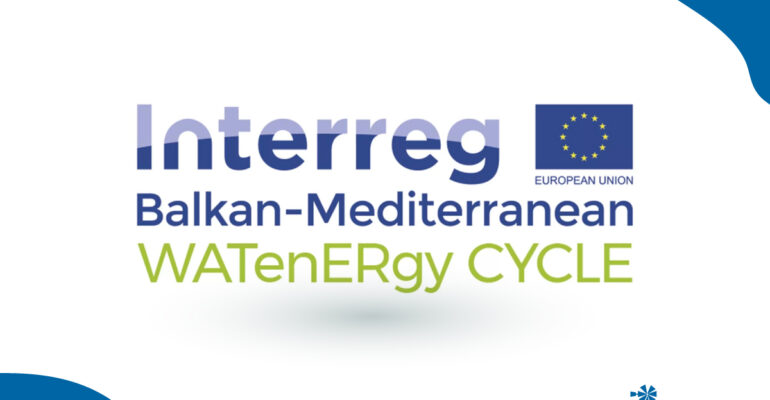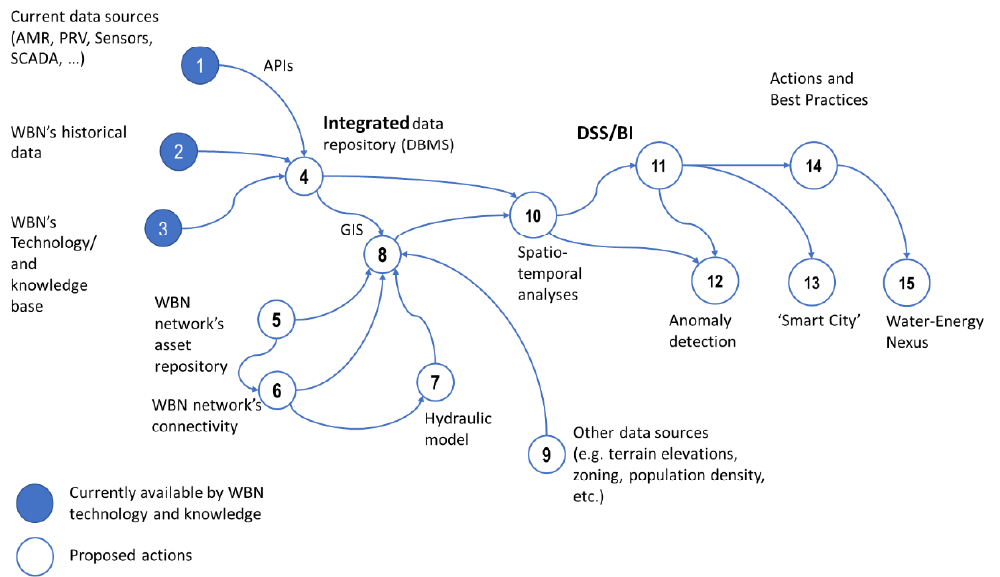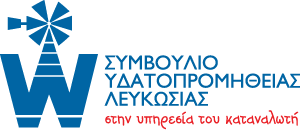
The Water Board of Nicosia (WBN), in association with the Nireas International Water Research Center (Nireas-IWRC), announce the successful completion of a technical assessment of WBN’s telematics infrastructure, their application and their potential at WBN.
WBN has been at the national and international forefront in terms of practices for increasing the reliability of its water distribution network, for reducing non-revenue water (NRW) and for water-leak detection. In recent years, WBN is exploring the expansion of its current practices and is in constant search for new technologies, for pilot implementation and wide adoption. Among the technologies that are being evaluated for adoption are ‘smart water meters’ and a related telematics platform (an automatic meter reading, AMR, platform), ‘smart pressure valves’ pressurereducing valves, PRV) and pressure loggers (PL), as well as sensors for the remote monitoring of network performance indicators (e.g. pressure, chlorine, water quality, etc.).
The assessment was performed within the WATenERgy research program, which relates to the implementation by water authorities of innovations in the water supply network. WATenERgy is co-financed by the European Union and WBN.
The said technical assessment included the following:
- Evaluation / utilization of the following pilot telematics applications of WBN, for a period of about nine months:
- An automatic meter reading (AMR) system of approximately 720 household and water-main hydrometers in the community and in the industrial area of Ergates (Nicosia), and of 5 pressure loggers.
- A small-scale hydroelectric power generation system in 5 network locations.
- A water-quality monitoring device in the network.
- A “smart” pressure regulator in a water supply area near the University of Cyprus.
- Monitoring, in collaboration with WBN personnel, of the operation of the applications, analysis of data received from these applications and evaluation of whether such applications could help in the management of water supply systems, and informing WBN accordingly of any required actions for proper management of the operation of the water distribution system. It is noted that the systems have the ability to send an alarm/warning for possible failures in term or deviations from set required parameters.
- Submitting suggestions for improvements that would help upgrade the applications.
- Recording of possible weaknesses / disadvantages of the applications.
- Reporting to WBN at the end of the reporting period.
- Preparation of scientific material on the findings from the evaluation of the said applications, for the purpose of dissemination of the program, and presentation of such material at a workshop / conference event that will be organized within the program.
Further to attesting to the quality implementation and use by the WBN of the aforementioned telematic applications, the assessment identified possible directions for improvement of the applications, for extending them towards a unified ‘smart city’ platform and for utilizing them the most within the framework of a ‘waterenergy nexus’. Short, medium and long-term objectives and related actions were suggested to WBN to that effect (as per Fig. 1).




